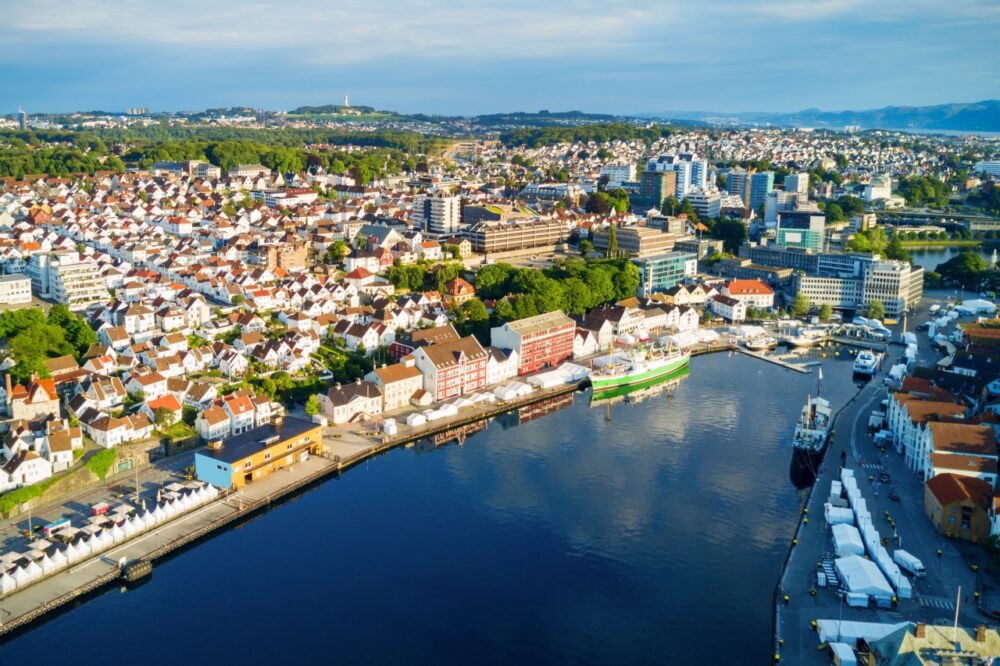
Is Stavanger worth visiting? Absolutely! When I first visited Stavanger, I was struck by how it perfectly balances natural beauty, history, and modern vibrancy. One moment, I was standing in awe of the colourful wooden houses in Gamle Stavanger (Old Stavanger), and the next, I was hiking up the famous Preikestolen (Pulpit Rock) for one of the most breathtaking views I’ve ever seen. Stavanger is a city that offers something special for every kind of traveller.
Located in southwestern Norway, Stavanger is often referred to as the gateway to the Norwegian fjords. While it’s world-famous for its proximity to Lysefjord and epic hikes like Preikestolen and Kjeragbolten, the city itself has plenty to explore. From its rich Viking history to its thriving street art scene and exceptional culinary offerings, Stavanger is a delightful blend of tradition and modernity. Whether you’re relaxing by the waterfront, diving into the city’s museums, or heading out on a fjord cruise, Stavanger is the perfect mix of urban energy and natural splendour.
But is Stavanger worth visiting for you? In this blog post, we’ll explore the top 10 reasons why Stavanger should be on your travel list, from its outdoor adventures to its cultural gems. Plus, we’ll share travel tips to make the most of your visit to this incredible Norwegian city. Keep reading to find out why Stavanger might just be your next favourite destination.
Table of Contents
Pros – Reasons You Should Visit Stavanger
1. Gateway to Norway’s Most Iconic Natural Wonders
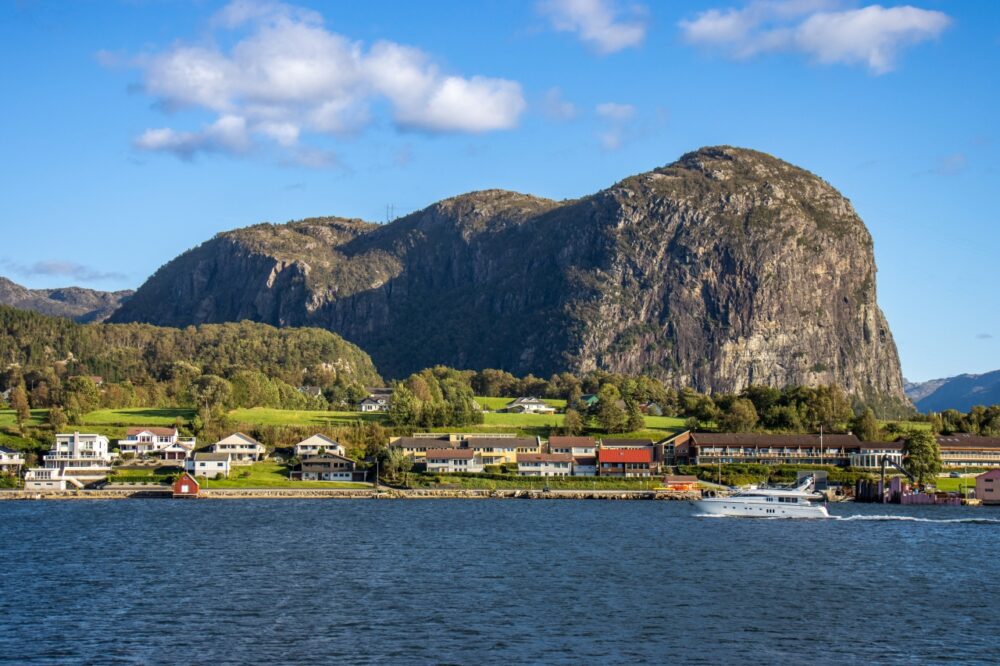
Stavanger is the perfect base for exploring some of Norway’s most famous natural landmarks, including Preikestolen (Pulpit Rock), Kjeragbolten, and Lysefjord. These breathtaking locations attract hikers and nature lovers from around the world, offering some of the most spectacular views in the country.
I took the ferry and bus to Preikestolen and hiked up to the famous cliff that towers 604 meters above Lysefjord. Standing on the edge, looking out over the fjord below, was one of the most exhilarating moments of my trip. The scenery is absolutely jaw-dropping, and despite the effort required to reach the top, it was worth every step. If you love outdoor adventures, Stavanger is an unbeatable destination.
2. A Beautiful and Compact Old Town
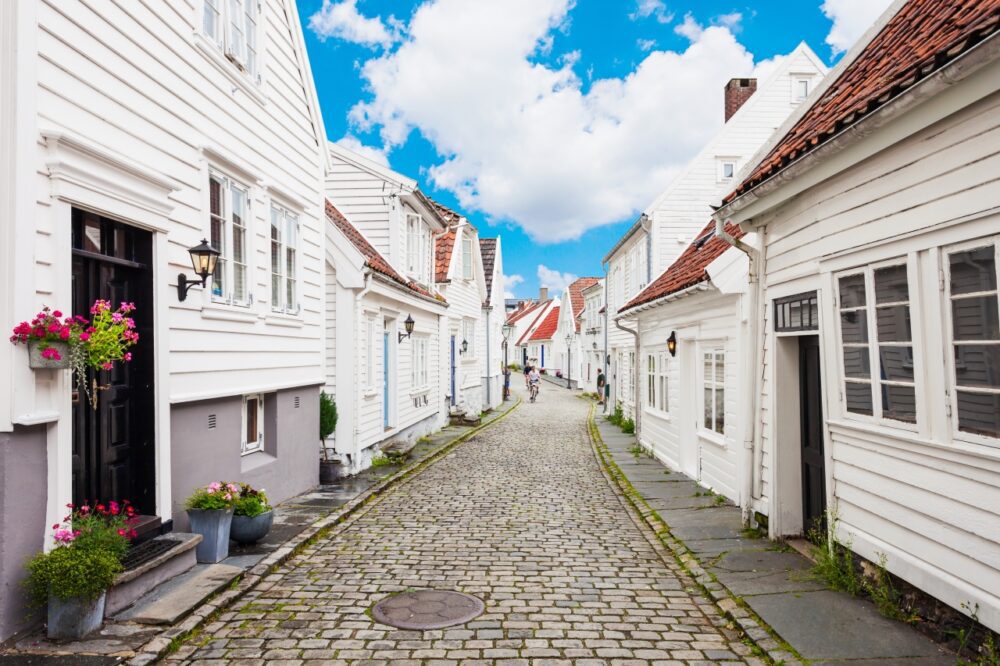
Stavanger’s Gamle Stavanger (Old Stavanger) is a charming district filled with cobbled streets and well-preserved white wooden houses. It’s one of the most picturesque old towns in Norway, and wandering through its quiet, flower-lined lanes feels like stepping back in time.
I spent an afternoon strolling through the area, stopping to admire the traditional houses and small artisan shops. Unlike some other historic districts that feel overly commercialized, Gamle Stavanger still has a peaceful, authentic atmosphere. It’s a great place to take photos, enjoy a coffee at a small café, or simply soak in the beauty of Norway’s coastal heritage.
3. Stunning Fjord Cruises and Coastal Scenery
One of the best ways to experience Norway’s dramatic landscapes is by taking a fjord cruise, and Stavanger offers some of the most scenic boat trips in the country. Lysefjord, in particular, is a must-see, with its towering cliffs, waterfalls, and pristine blue waters.
I took a fjord cruise from Stavanger, and sailing past the sheer rock walls of Lysefjord was an unforgettable experience. The boat got close enough to feel the mist from the waterfalls, and the view of Preikestolen from the water gave me a whole new perspective on its massive scale. Whether you’re hiking or cruising, the natural beauty of the region is simply breathtaking.
4. A Rich Viking Heritage and Fascinating Museums
Stavanger has a strong Viking history, and the region is home to some of Norway’s most important archaeological sites. The city’s museums do a fantastic job of bringing this history to life, making it an excellent destination for history lovers.
I visited the Viking House, a modern exhibition that uses VR technology to immerse visitors in the world of the Vikings. It was an exciting and interactive way to learn about Norway’s seafaring ancestors. Another must-visit is the Archaeological Museum, where you can see real Viking artifacts, including swords, jewelry, and burial relics. If you’re fascinated by Norse history, Stavanger offers plenty of ways to explore it.
5. The Impressive Swords in Rock Monument
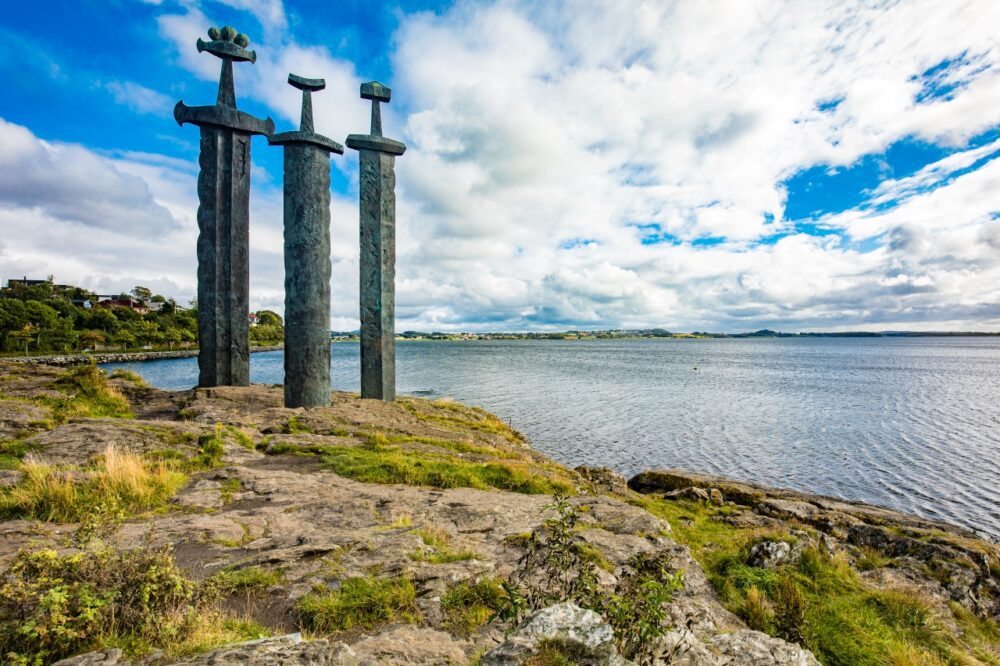
Just outside Stavanger, the Sverd i Fjell (Swords in Rock) monument is one of the most striking landmarks in Norway. These three massive bronze swords stand by the edge of Hafrsfjord, commemorating a historic Viking battle that united Norway under one king.
I visited at sunset, and the golden light reflecting off the water made the scene even more dramatic. The sheer size of the swords, standing 10 meters tall, gives them a powerful presence, and the setting by the fjord adds to their mystique. It’s a simple yet impressive site, perfect for history enthusiasts and photographers alike.
6. A Thriving Food Scene with Fresh Seafood and Local Specialties
Stavanger has gained a reputation as one of Norway’s top food destinations, with a strong emphasis on fresh, locally sourced ingredients. From high-end restaurants to casual seafood shacks, the city offers plenty of delicious options.
I tried klippfisk, a traditional Norwegian dried and salted cod dish, at a waterfront restaurant, and it was incredibly flavorful. The fish market also had an amazing selection of freshly caught seafood, including king crab and shrimp. If you’re a food lover, Stavanger’s culinary scene is sure to impress, with both traditional and modern Nordic cuisine available.
7. Some of the Best Hiking Trails in Norway
Beyond the famous hikes to Preikestolen and Kjeragbolten, Stavanger has plenty of other incredible trails that showcase Norway’s stunning nature. Whether you prefer coastal walks, mountain treks, or deep forest trails, there’s something for everyone.
I hiked the Dalsnuten trail, which is less known than the major attractions but still offers breathtaking panoramic views over the fjords and islands. It was a much quieter and less crowded alternative to the more famous hikes, making it a perfect option for those looking to enjoy nature without the crowds. Stavanger’s location makes it a paradise for outdoor enthusiasts.
8. A Great Base for Exploring Norway’s Jæren Beaches
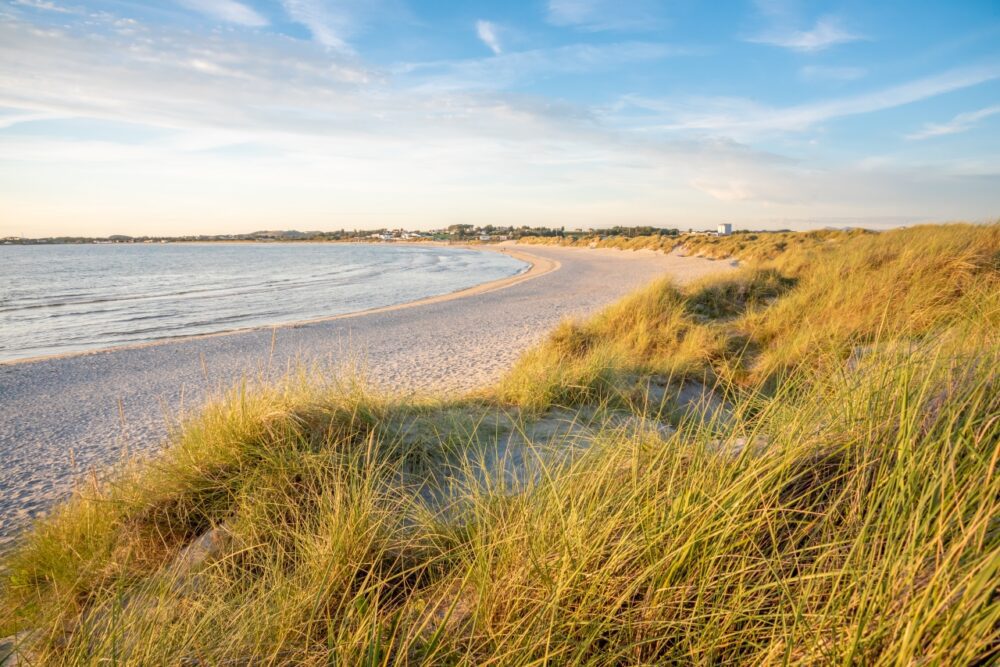
Most people associate Norway with fjords and mountains, but the Stavanger region is also home to some beautiful sandy beaches. The Jæren coastline, just south of the city, features long, untouched beaches with rolling dunes and dramatic waves.
I visited Sola Beach, and it felt like a completely different side of Norway. The wind-swept dunes, soft golden sand, and crashing waves made it an ideal spot for a relaxing walk. Jæren’s beaches are also popular for surfing, and even though I didn’t try it myself, I saw plenty of locals riding the waves. If you love coastal landscapes, Stavanger offers much more than just fjords.
9. The Street Art Scene Adds a Modern Touch to the City
Stavanger is known for its vibrant street art scene, with colorful murals decorating the city’s buildings. Every year, the city hosts the Nuart Festival, where international artists come to paint large-scale works on walls across Stavanger, creating an ever-changing outdoor gallery.
I took a street art walking tour and was amazed at the diversity of styles, from abstract designs to realistic portraits. Unlike some cities where graffiti feels like an afterthought, Stavanger’s murals are carefully curated and add a creative, modern energy to the town. If you love urban art, Stavanger is one of Norway’s best cities to explore.
10. A Lively but Relaxed Atmosphere
Despite being one of Norway’s larger cities, Stavanger has a friendly, small-town feel with a great balance of lively energy and laid-back coastal charm. The city is home to a large student population, an international oil industry presence, and a thriving arts and culture scene, making it a dynamic yet welcoming place.
I loved how the city felt both energetic and peaceful at the same time. The harbor area was always buzzing with people enjoying the cafés and waterfront views, while just a short walk away, the quiet streets of Gamle Stavanger felt like a completely different world. Stavanger offers the perfect mix of activity and relaxation, making it a fantastic destination for all types of travelers.
Cons – Things to Consider When Visiting Stavanger
1. Stavanger is an Expensive Destination
Like the rest of Norway, Stavanger is an expensive city, and travelers should be prepared for high prices on everything from accommodation and dining to transportation and activities. While the natural attractions are free to explore, the cost of food, hotels, and even basic necessities can add up quickly.
I stopped at a casual café near the harbor for a simple lunch of soup and bread, and I was shocked when the bill came to nearly €20. Even supermarket prices for everyday items like snacks and bottled water were noticeably higher than in other European cities. If you’re traveling on a budget, it’s best to plan ahead by booking accommodations with a kitchen, eating at bakeries or grocery stores, and limiting restaurant meals to occasional treats rather than daily expenses.
2. The Weather is Often Rainy and Unpredictable
Stavanger’s coastal location means that the weather can change quickly, with frequent rain, strong winds, and unpredictable conditions throughout the year. Even in summer, visitors should be prepared for sudden showers and overcast skies that can make outdoor activities less enjoyable.
I arrived in Stavanger in early July, expecting mild summer weather, but instead, I was greeted by gray skies and steady rain that lasted for hours. While I still managed to explore the city, my plans for hiking were delayed, and even with waterproof clothing, being outside for long periods wasn’t ideal. If you’re planning a trip to Stavanger, bringing a good rain jacket and checking the weather forecast frequently is essential, as conditions can shift within minutes.
3. Some Attractions Require Long Travel Times
While Stavanger itself has a few interesting sights, many of the most famous attractions—like Preikestolen, Kjeragbolten, and Lysefjord—require significant travel time. Reaching these destinations often involves a combination of ferries, buses, and hikes, which can take up a full day.
I took a day trip to Kjeragbolten, and while the hike was absolutely worth it, getting there took much longer than expected. The journey involved a ferry ride, a long drive through winding mountain roads, and then a challenging three-hour hike to the famous boulder wedged between two cliffs. While the experience was incredible, travelers should be prepared for the time and effort required to visit these natural wonders. If you prefer quick and easy sightseeing, Stavanger might not be the best destination.
4. The City Feels Quiet in the Evenings
Despite being one of Norway’s larger cities, Stavanger has a relatively quiet nightlife compared to places like Oslo or Bergen. While there are bars and restaurants, many places close early, and the city can feel surprisingly empty after dark, especially outside of peak summer months.
I went out for drinks on a weekday evening and was surprised to find that many places were either closed or only had a handful of customers. Even on weekends, the nightlife scene was more relaxed than lively, with only a few bars staying open late. If you’re looking for an exciting party atmosphere or a wide range of evening entertainment options, Stavanger might not be the best choice.
5. The Cruise Ship Crowds Can Be Overwhelming
Stavanger is a popular stop for cruise ships, and on days when multiple ships dock in the harbor, the city can feel suddenly overrun with tourists. The Old Town, waterfront, and major attractions become noticeably busier, making it harder to enjoy the peaceful charm that Stavanger is known for.
I visited on a day when two large cruise ships were in port, and the difference was immediate—streets that had been quiet the day before were suddenly filled with tour groups, and getting a table at a café became much more difficult. While the crowds tend to stick to certain areas, it’s something to keep in mind if you prefer a more relaxed experience. Checking the cruise ship schedule in advance can help you plan your visit around the busiest days.
When to Visit Stavanger
The best times to visit Stavanger are late spring (May to June) and summer (July to August). These months bring mild weather, long daylight hours, and the perfect conditions for hiking iconic spots like Preikestolen (Pulpit Rock) or enjoying a boat cruise along the fjords. Autumn (September) offers fewer crowds and beautiful foliage, making it a quieter time to visit. Winters in Stavanger are cool and rainy but still appealing for those drawn to a cosy atmosphere and the chance to explore the city’s museums and culinary scene.
How to Get to Stavanger
Stavanger Airport (SVG), located about 14 kilometres from the city, is the main gateway, with flights from major hubs in Europe via airlines like SAS, Norwegian Air, and KLM. From the airport, the Flybussen airport shuttle and local buses connect to the city centre in around 20 minutes. Taxis and rental cars are also available. Stavanger is well-connected by train to cities like Oslo via the scenic Sørlandsbanen line, while ferries link Stavanger to Bergen and other coastal towns, offering a unique way to arrive.
Where to Stay in Stavanger
Stavanger offers a range of accommodation options catering to all budgets:
- Luxury: City Centre – Stay near the harbour and the charming old town of Gamle Stavanger. Options include Hotel Victoria, a waterfront boutique hotel, and Eilert Smith Hotel, known for its modern design and upscale comfort.
- Mid-range: Near the Harbour – Ideal for exploring the city’s main attractions. Consider Scandic Stavanger City or Thon Hotel Maritim, both offering excellent amenities and central locations.
- Budget: Suburban Areas – Affordable options like Stavanger Bed & Breakfast or Hostel Alstor provide value for travellers looking to save while still staying close to transport links.
Getting Around Stavanger
Stavanger’s compact city centre is easy to navigate on foot, with attractions like Gamle Stavanger, the Norwegian Petroleum Museum, and the harbour within walking distance. For exploring further afield, the Kolumbus public transport system, which includes buses and ferries, is reliable and affordable, with day passes available. Renting a bike is an excellent way to explore the surrounding countryside or coastal trails, with bike rentals widely available. For trips to iconic sites like Preikestolen, dedicated shuttle buses and ferries provide convenient access.
How Long to Spend in Stavanger
Three days is ideal for exploring Stavanger’s highlights, including Gamle Stavanger, the harbour, and the Norwegian Petroleum Museum, as well as taking a fjord cruise or hiking Preikestolen. This timeframe allows time to enjoy the city’s vibrant dining scene, stroll along Øvre Holmegate (known as the “Colourful Street”), and visit nearby beaches like Sola Beach. With an extra day, consider a trip to Kjeragbolten or the Lysefjord. Stavanger’s blend of natural wonders and urban charm makes it a fantastic destination for a short but enriching visit.
Conclusion
So, is Stavanger worth visiting? Without a doubt! With its stunning proximity to natural wonders like Lysefjord and Preikestolen, its charming Old Town, and its vibrant food and street art scene, Stavanger is a must-visit destination in Norway. While it can be a bit pricey, the experiences you’ll have—from fjord hikes to cultural exploration—are well worth it. If you’re ready for a mix of adventure and culture, start planning your trip to Stavanger today—you won’t regret it!
